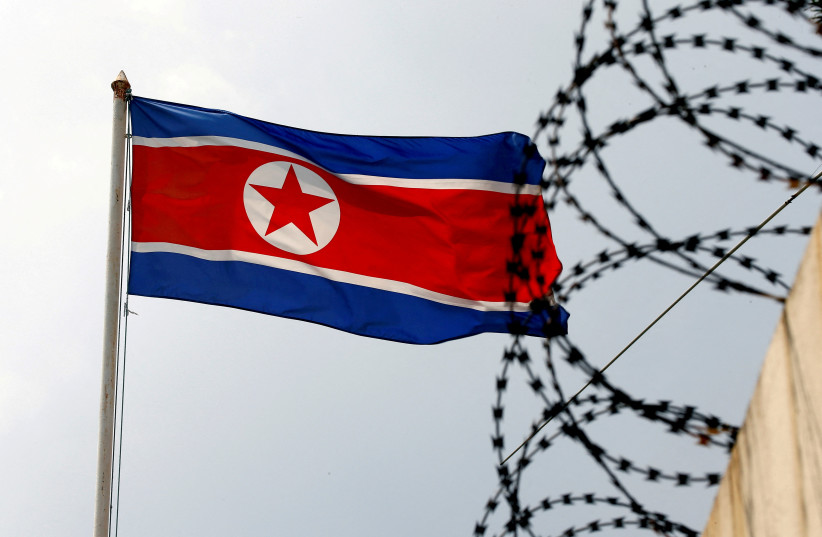North Korea fired two short-range ballistic missiles towards the sea off the east coast on Saturday, South Korea's military said, marking Pyongyang's fourth launch in a week as it ratchets up tension around the Korean peninsula.
The launch comes after the navies of South Korea, the United States and Japan staged trilateral anti-submarine exercises on Friday for the first time in five years and follows US Vice President Kamala Harris' visit to the region this week.
The two short-range missiles were launched from Sunan, north of the North Korean capital Pyongyang, South Korea's Joint Chiefs of Staff said in a statement. It estimated the range at 350 kilometers (217.5 miles) at 30 km altitude and a speed of Mach 6.
Japan's coast guard also reported at least two suspected ballistic missile tests by Pyongyang. The missiles flew 400 km and 350 km, reaching an altitude of 50 km, Japan's State Minister of Defence Toshiro Ino said.
Tokyo has lodged a protest against the North through diplomatic channels, Ino said, adding the missiles possibly flew an "irregular trajectory" designed to evade missile defense.

Are the missile launches a threat in any way?
The US Indo-Pacific Command said it is aware of the ballistic missile launches and has assessed they do not pose an immediate threat to US personnel or territory or to its allies.
North Korea fired missiles before and after Harris' visit to South Korea, extending a record pace in weapons testing this year as it increases the threat of a credible nuclear power that can strike the United States and its allies.
Pyongyang also conducted the first intercontinental ballistic missile (ICBM) test since 2017.
Analysts see the increased pace of testing as an effort to build operational weapons, as well as to take advantage of a world distracted by the Ukraine conflict and other crises to “normalize” its tests.
“Despite North Korea’s internal weaknesses and international isolation, it is rapidly modernizing weapons and taking advantage of a world divided by US-China rivalry and Russia’s annexation of more Ukrainian territory,” Professor Leif-Eric Easley at Ewha University in Seoul said.
“The Kim regime is also playing hardball with the Yoon administration while South Korean politics are hobbled by infighting,” referring to the South Korean president.
Japan's Defence Ministry said in a report in July that the North had been launching short-range missiles that fly low and irregular trajectories, characteristics observed since May 2019 that are likely designed for higher war-fighting effectiveness.
The UN Security Council has imposed sanctions against the North for its ballistic missile and nuclear tests. Pyongyang rejects such moves as an infringement of its sovereign right to self-defense and space exploration.
The North has completed preparations for a nuclear test, a window that could open between China's Communist Party congress in October and the US mid-term elections in November, South Korean lawmakers said on Wednesday.
